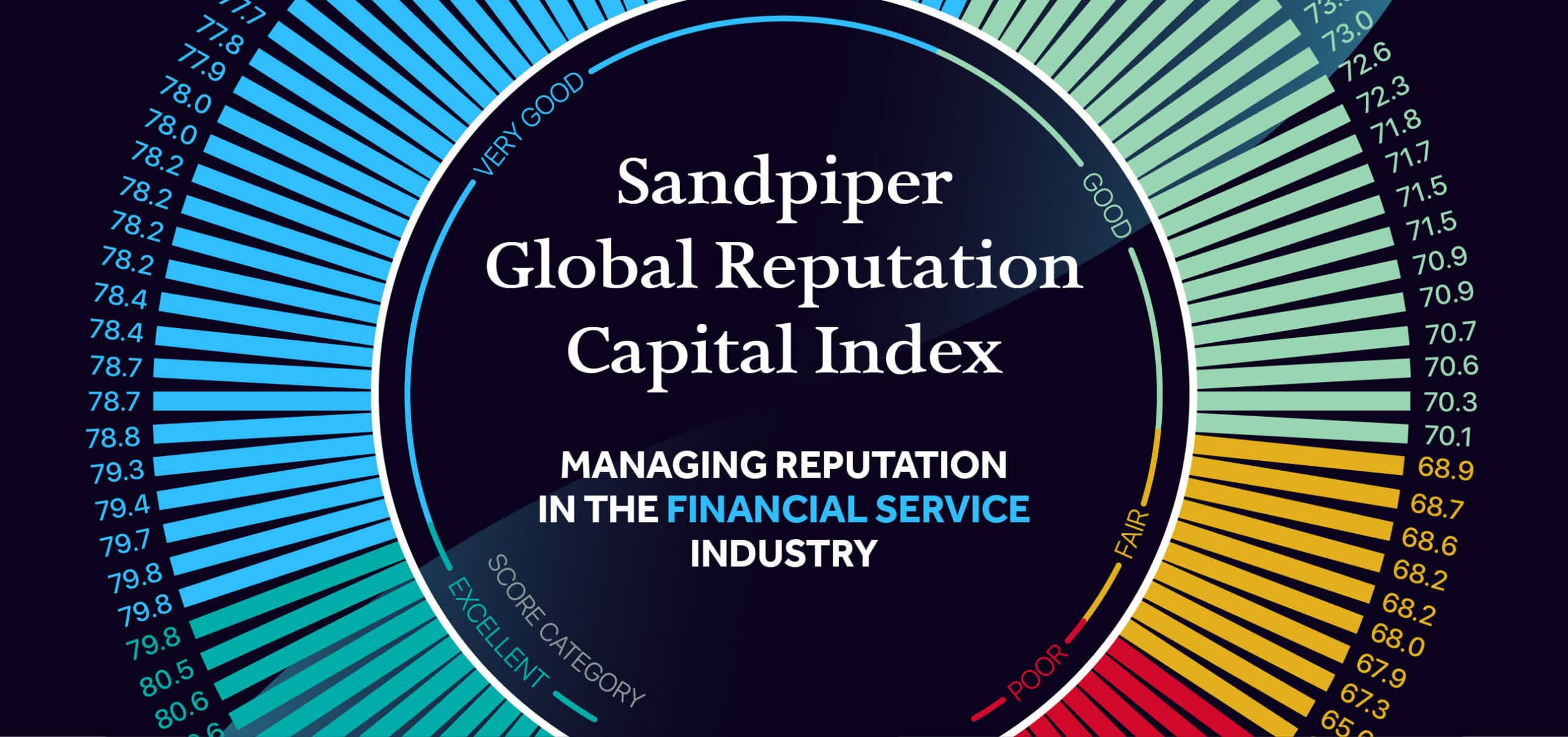
Sandpiper Group Announces Launch of Sandpiper Financial, Strengthens Capacity with Advisory and Special Situation Team Hires

First 100 Days of the Albanese Government: The Implications for Australia’s Role in an Evolving World Order
Considerations for Communications and PR in the Asia Pacific Data Centre Market
August 2025

By Liz Egginton. Based in Perth, Liz is the Technology Lead at Sandpiper and has extensive experience from the enterprise technology sector in Asia Pacific.
The fast-paced technology development and adoption in Asia Pacific is fueling strong growth in data centre capacity, especially edge computing facilities, across the region.
This is attracting enterprise technology players within the data centers sector and associated industries. There are currently over 1,800 data centres in 21 countries across the region, with 12.2GW of IT load at the end of 2024, estimated to reach over 17GW by 2026.
We look at what’s driving the demand for data centres, and what technology leaders, communicators and PR practitioners need to consider in the market.
Asia Pacific Growth Drivers for the Data Centre Market
While being one of the fastest growing economic regions in the world for years, Asia Pacific has traditionally been underserved in terms of data centre capacity, with substantial capacity originating from facilities overseas. This worked well when online applications were not as computing intensive, and latency was less of an issue.
Over the past few years in Asia Pacific, explosive growth in consumer mobile penetration and social media use has been matched by an equally impressive speed in digital adoption on the business side. Coupled with growing demand for application areas such as cloud services, streaming, IoT, Industry 4.0 and AI, it means computing power needs to locate to ‘the digital edge’, where the users are, who need instant access to data and processing, with minimal latency.
In turn this means that both hyperscalers – that build and operate the large scale data centres that supports cloud services, AI and big data – and enterprise users, such as cloud service or streaming providers, need their own, or access to, modern data centres with computing power on the digital edge, in metropolitan areas across the region and close to users.
Significant Opportunities and Substantial Challenges
To give you an idea of the opportunities, the regional market for edge computing data centres alone is projected to skyrocket from US$6.6 billion in 2024 to $36.4 billion by 2034, representing a compound annual growth rate, CAGR, of 18% over the ten-year period.
The growth of the Asia Pacific data centre market is fuelled by sectors such telecommunications, manufacturing and healthcare – and beyond data centres, the growth projections are equally impressive, with the overall edge computing market expected to grow at a CAGR of 46.1% from 2023 to 2030.
While the opportunities are very significant, there are substantial challenges in entering and growing in the data centre market in Asia Pacific. These include understanding how to navigate infrastructure variances, local regulatory requirements, and stakeholders in a complex and diverse region.
One example is securing increasingly scarce land, building rights, and adequate power supply for facilities in booming metropolitan areas. Extensive knowledge and research is needed to understand local landscapes, regulations, and how to best engage and communicate with partners, local governments, regulators and other stakeholders.
Another example is environmental concerns, including water consumption. While environmental regulations are not as clear cut and strict as say in Europe, there is now growing environmental pressure, from local government, public and investors for data centres to become more energy and water efficient.
Top Considerations for Communicators and PR Professionals
What should Communicators and PR professionals consider to successfully navigate this complex landscape? Below we have listed four top areas that determine success based on our knowledge and experience from the Asia Pacific data centre sector.
1. Differentiation in a Crowded Market
With many hundreds of facilities coming onstream in just the coming year, many with similar specs, standing out is essential. Data centre operators need to identify and amplify USPs such as facilities in strategic metro locations, edge computing and AI-readiness.
Develop a clear brand narrative that differentiates your business and positions you as a digital enabler, not just an infrastructure provider. Use thought leadership to build brand trust and reputation, while leveraging local media relationships to tell your story about key capabilities and milestones.
2. Stakeholder Engagement & Social License
Data centres impact communities, power grids, and ecosystems. Without support from governments, regulators, industry and the public, projects can face delays or rejection. Build relationships with national and local government bodies, as well as with partners in the industries that can facilitate your growth.
Furthermore, engage local communities early through transparent communication and public consultations. Highlight job creation, infrastructure benefits, and environmental mitigation efforts. Use PR and communications to build relationships with regulators, municipal leaders, and the community to build trust and reputation.
3. Narrative Control & Reputation Management
Data centres are at risk of being portrayed negatively in national and local mainstream media, as well as on social media. This is due to facilities being linked to high energy consumption, environmental impact, and land use conflicts. This can significantly influence public sentiment and policymaking.
Communicators and PR practitioners need to proactively shape the narrative around topics such as sustainability, industry innovation, and economic contributions to the local and national economy. Develop strong and long-term media relationships to counterbalance negative press with fact-based, positive storytelling, while using thought leadership and executive profiling to build trust and credibility.
4. Sustainability Messaging & ESG Alignment
While environmental legislation may differ from some more mature markets, ESG is now a business imperative across Asia Pacific. Investors, governments, and customers demand clear sustainability commitments, and data centres are increasingly scrutinised for their significant energy and water usage.
Communications should be proactively developed to shape the ESG narrative, around sustainability efforts such as green certifications, renewable energy sourcing, and innovative cooling technologies. Messaging should be aligned with local and national environmental goals and regional climate targets. Use data to demonstrate measurable impact and progress.
Support in Navigating the Asia Pacific Data Centre Landscape
To successfully navigate the data centre market in Asia Pacific, deep regional and local market expertise and experience is crucial, coupled with proactive and persistent strategic communications and PR efforts. This empowers the building of trust, successful reputation management, and the effective stakeholder engagement that drives business success.
To learn more about our Sandpiper’s advisory services for the Technology sector, click here https://sandpipercomms.com/technology/





